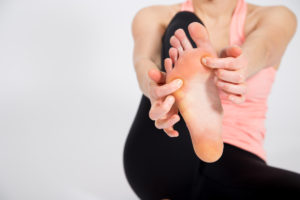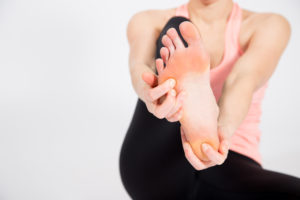By Susi Hately, BSc. Kinesiology, C-IAYT Yoga Therapist
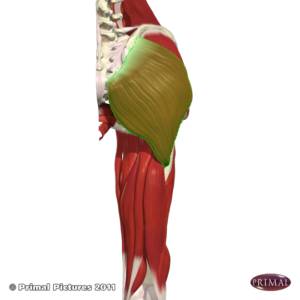
Way back in 2004, I wrote in my first book, Anatomy and Asana: Preventing Yoga Injuries, that backbends are delicious. I still believe that statement all these years later. Backbends can help release the muscles and connective tissues on the front of the body; while at the same time strengthen the muscles on the back of the body. They provide a sense of elegance and efficiency to improving posture, and revitalizing energy flow. Some would say that backbends far exceed caffeine’s kick-start by providing a calm way to tame the sagging slump that can overcome a busy mind.
With a paragraph like that, what’s not to like about backbends? Turns out, there is plenty. For all the benefits that backbends provide, there is a whole mess of things that can happen. A common problem that arises is “jamming of the back” which leads to lower back, mid back and/or neck pain. This pain can lead to biomechanical dysfunction of the shoulder and pelvic girdle, which can in turn lead to referred pain and dysfunction of the shoulder blades and SI joints, which can continue down into the arms and legs, respectively.
So, it isn’t surprising that a whole number of cues and modifications are available for doing backbends, all with the intention of less pain, better movement and more freedom. Which leads to the meat of this post . . . The debate of whether or not to contract the glutes as you rise up into a backbend. This debate has been going for years – even before I started practicing…and that was way back in the early 90s.
So what is the consensus? Well, there isn’t one. Here is my offering to the conversation:
There is tone to the glutes as you rise into backbend. There has to be. The movement is a hip extension, and the glutes enable hip extension to occur. Not sure you believe me? Try this exploration:
Exploring Hip Extension: Part 1
- Come into standing.
- Place your hand on your right bum cheek.
- Extend your right leg backwards.
- As you do, the muscles under your hand will contract. Or rather they ought to.
Exploring Hip Extension: Part 2
- Still in standing, watch the angle of your leg bone moving in your hip, as you move your leg into extension.
- Now come to the floor, and set up for bridge pose.
- Lift your bum – notice how the angle of your hip changes. This is the same as in point 1.
- Now come onto your belly, and move into floor bow. Either look in a mirror or notice the movement of the leg bone in the pelvis. You’ll see it changes in similar way as in points 1 and 3.
The key point here is that the hip (leg bone in hip socket) is moving into extension. The gluteal muscles are required to do that movement.
I understand the position that some people over clench their butt as they move into many backbends. And yes, that extreme isn’t wanted, but to full scale shut them off is not the solution. Instead, the aim is to retrain the movement . . . and not just in hip extension. More often when you see a bum clench in a backbend, there is gripping or holding or other lack of awareness elsewhere – in their breath, rib cage, jaw, belly and toes. Soften or ease those areas and you’ll discover how using less effort can lead to a better result.
To drive the point home, there are a number of issues that can arise from not having glutes working properly. Poor weight transfer, SI instability, poor hip stability and mobility, an overly tight pelvic floor, weakness or shortness in the lower back, poor diaphragm function, jaw clenching . . . .
There is good news in all of this – Good movement is merely a week away – you can stand better, have less pain, and really enjoy your backbends a whole lot more. And as a bonus – be better at evacuating your bowels too – I know – who knew? – bowels and butts oh my! Your life can literally change that fast.
Enjoy,
Susi

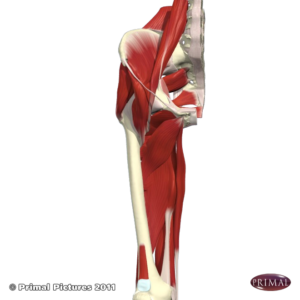
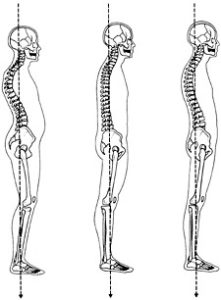 Think about your body as you stand on your feet in front of an ATM, or in a grocery store line. As you are standing, there are forces and gravity moving down through your body. There are also forces coming up from the ground. Both sets of forces need to be absorbed in your body.
Think about your body as you stand on your feet in front of an ATM, or in a grocery store line. As you are standing, there are forces and gravity moving down through your body. There are also forces coming up from the ground. Both sets of forces need to be absorbed in your body.